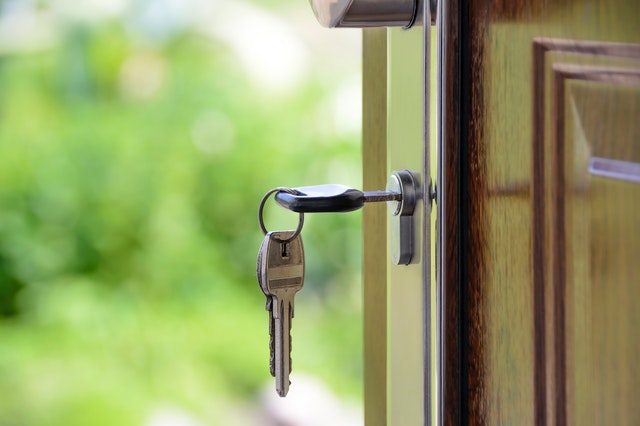Tom Kellington has followed the real estate market since the early ’80s and is currently the Senior Editor (Business/Real Estate) of The Business Daily.
Whenever there are large price increases over a short period of time in the housing market, people will often talk about what happens when the bubble pops. A market cannot go up indefinitely. What about those who bought at the height of the market, now holding onto an asset that they cannot sell without suffering devastating losses? To examine what actually happens when a bubble pops, it is informative to look at past housing bubbles to see how homeowners, investors and the greater economy fared.

Canada experienced a housing market crash during the end of the 1980s. Prices fell off a cliff seemingly overnight, and high interest rates left those carrying large mortgages in a precarious situation. During that time, the average house in Toronto reached $273,698, which marked a 30 year high. The drop in house prices didn’t lead to a quick recovery. In fact, by 1996, that average price of a home had fallen to $198,150.
In Toronto, home prices are up 33% this past year alone. Given today’s frothy housing market, with prices reaching record highs, many might have a difficult time imagining holding onto an asset for years without any recovery. This is especially pronounced in the face of potentially rising interest rates as the effects of stimulus money reaches the market and lockdowns ease.
What occurred after the last major housing market pop in Canada? The greater economy suffered. Many people were reluctant to move, when they owed more money than the value of their home. The early 1990s brought declines to economic activity, including declines in employment, as industries cut output. Inflation was an issue in the 1980s, causing the Bank of Canada to intervene, along with high interest rates.
The United States experienced their own housing bubble and subsequent pop in 2008, caused in part by subprime lending. Many families fell behind on their mortgage payments, leading to foreclosures and massive drops in housing prices. The crisis caused 18.5% of families in 2009 to have no liquid assets, a percentage which grew to 23.4% in 2011. By the end, housing prices across the US fell an average of 33% during the recession. Some markets were hit much harder than others, and even for those homeowners who didn’t lose their own home, almost everyone knew someone who either lost their home to foreclosure or were otherwise part of the economic fallout.

These frightening statistics may seem far off, given that the rise in real estate prices seems to have no end in sight, but when looking back, the pop of real estate bubbles weren’t that long ago and each time it has occurred, the end result has been utter financial devastation for many families.
The global market today is also contending with economies battered by the pandemic, including high unemployment in many industries that were shut due to lockdowns. This rise in unemployment coupled with high housing costs could lead to a housing bust like none other in history. Even for those who have no intention of selling their homes, a housing market crash will affect the economy in ways that even otherwise stable homeowners will feel in their day-to-day finances. Those effects could include a further rise in unemployment and decrease in economic output. High inflation in the prices of everyday goods, which is already beginning to occur when looking at the price of groceries, gas, and lumber could result in higher interest rates, further compounding the pain families will feel in the event of a housing market collapse.
While there is not a lot the average taxpayer can do, other than to not overextend themselves when deciding to purchase a house and to have savings for a rainy day, governments need to take heed of the warning bells that many economists are now sounding to prevent another economic catastrophe.


